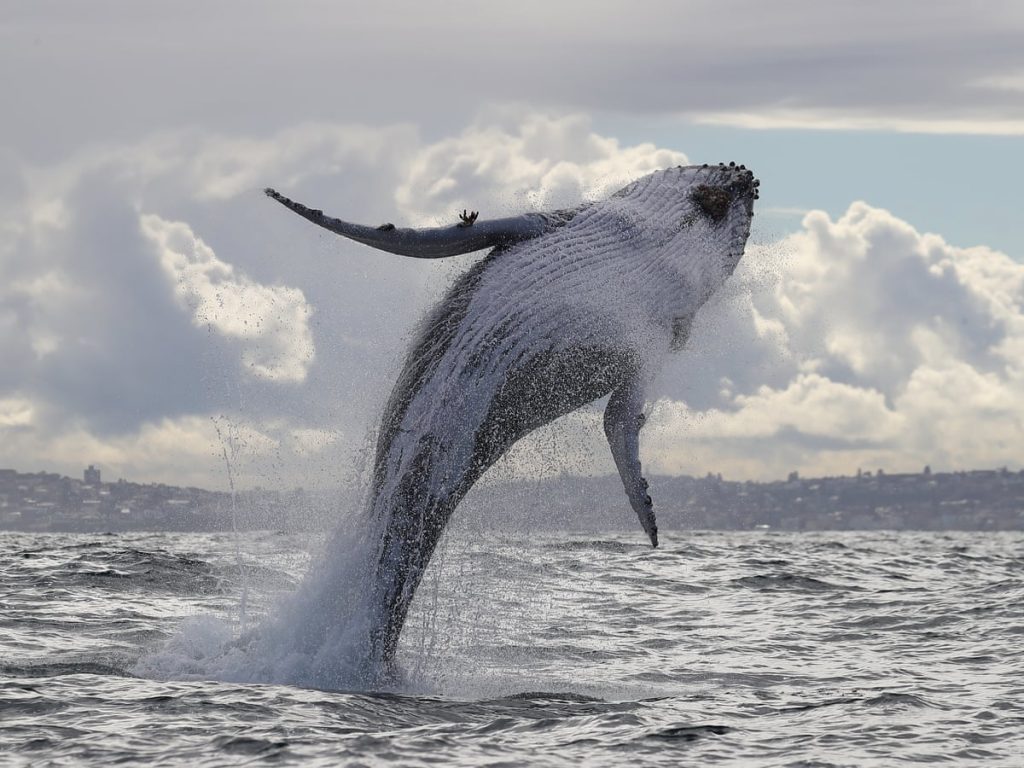ARCHCoin is an interesting experiment in venture capital, a cryptocurrency designed for the purpose of funding innovative futurist projects into existence.
Coin fundamentals
On the surface ARCHCoin seems like a regular run of the mill altcoin. It is Proof of Stake, with a network dependant interest rate of 3 to 20% per year, a block time of 60 seconds and an initial supply of 16,180,339 (based on the golden ratio). The interesting part comes when we examine the purpose and business model behind this coin.
Business model
The coin’s founder Edgar Soares is an architect, hence the name ARCHCoin and use of the golden ratio. Each coin does not function as a ‘currency’, but rather as a portion of stock in a venture capital company aiming to produce real world results.

Business projects are funded by ARCHCoin investors then sold for fiat currency which is put back into the ARCHCoin system. In this way, the currency facilitates opportunities to bring fiat into the world of cryptocurrency. According to Soares, ARCHCoin holders are granted legal rights to their part of the company after 365 days.
Wallet features
ARCHCoin has a well presented, professional looking ‘online HQ’. It provides an anonymous wallet with some interesting in-wallet features such as market-sniffing bots, whale-spotting bots, a public lounge and the opportunity to vote for company policy. Apparently, just like real shareholders in public companies can, it is even possible for ARCH holders to conduct a hostile takeover and sack the CEO.
Any venture capital firm is judged by its assets and ARCH currently has two of them: Factory and Whale
Factory
Factory is web-based altcoin creation software allowing anyone to go on and for a fee create their own altcoin. The created coins are then added to an exchange owned by ARCH, allowing them to gain instant exposure and liquidity.
The driving force behind Factory is the idea that one day everyone will want their own cryptocurrency like having a business card or website. The service provides a way to quickly register one like registering a domain name. This is quite a novel approach to cryptocurrency philosophy, whether or not it will work as envisaged is another matter, but it is likely Factory can always turn a healthy profit by issuing vanity coins.
Presumably the point of Factory is to keep small funds trickling in to keep ARCH funded while they wait for returns from one of the bigger projects such as Whale. This model demonstrates some business acumen on that part of the developers.

Moby AKA ‘Whale’
Moby or Whale as it is more commonly known is the first major real-world project from ARCH. It is a water-bound structure functioning as holiday chalets with a bar, nightclub and amenities.
Soares describes it as a project he has been working on for several years, so it is probably his baby and the reason he started ARCH. In that sense then we might consider ARCH something of an elaborate crowdfunding venture offering returns for investors who believe in the vision of an architect. This may appear self-indulgent and a bit of a Beckford’s Folly, if not for the fact that the architect’s work is rather good (but then again, so was Beckford’s).
The proposed project is a congregation of simple structures linked together on a lake. Each of these structures can house four persons with space for a fully equipped kitchen and bathroom. Presumably some of these will be adapted into the bars, nightclubs and other resort facilities such as a gym. A walkway links the structures together into a chain.
The architectural style is futurist, minimal and we can presume sustainable with emphasis on exposing nature. There appears to be a lack of information on building materials, but they are likely to be fibreglass with wood, especially since the website claims the project can be completed for $50,000.
The proposal is to build the first version of the project in Faro, Portugal, and due to the ease of construction expand worldwide. These kinds of projects are in vogue at the moment and the units will certainly sell, in fact, they are so in vogue that given the right publicity many eco-junkies may buy ARCHCoins just to see the project built. The strength of the architect’s work is also a good sign with regards to future architectural ventures that come from the same stable.
However, the idea of building in Faro does seem to present a few problems. Firstly, Faro has no lakes or rivers. It does have an ocean and a lagoon, both of which are obviously salty. The area, while sunny for much of the year, can be prone to aggressive weather fronts and like much of the Algarve subject to particularly high winds from the Atlantic. Presumably the architect is confident his structure can withstand such weathering, in the short term it probably can, but we have to wonder how long these buildings will last. If the structures are to be made of boat-like materials, then it is worth bearing in mind that if left floundering in saltwater without periodic and extensive maintenance boats do not last very long.
Another problem is the strict Portuguese attitude to protecting their waterfronts. First and foremost it is illegal to build on water, or close to water in Portugal. All new structures must be 50 meters from any waterfront and certainly not in the water. Soares may be planning to get around this by calling the project a ‘temporary structure’ or even a ‘boat’ and claiming exemption on that basis. It is true that Portugal is often friendly towards eco-type structures in protected forests and suchlike if they are ‘temporary’, so theoretically he may have a case, but theory is one thing and practice is another.
These waters are fished by the locals and provide views onto the ocean which many of the locals rely on for tourism. Faro is a major tourist destination and a prized waterfront. If a group of fishermen and hoteliers get together and visit the mayor or the council to protest the structure you can virtually guarantee it will be rejected, unless of course the architect is connected. Even if it were possible to get the OK it still takes a long time for Portuguese planning applications to go through and we are talking years, not months. So it is difficult to see how the permission stage of this project will be anything other than difficult. However, the versatile nature of the design would allow it to be simply moved to a country which is more receptive to waterfront building, and there are already plans to build one in Canada where the process will undoubtedly be smoother.
Yet Soares himself is Portuguese, so investors might dismiss the words above as the worthless concerns of an outsider if not for the fact that his integrity and status as an architect has been called into question several times on Bitcointalk, but then, no project comes without a little FUD against developers these days. Hopefully for the sake of investors Soares will build his structure, we will watch ARCHCoin with interest.
